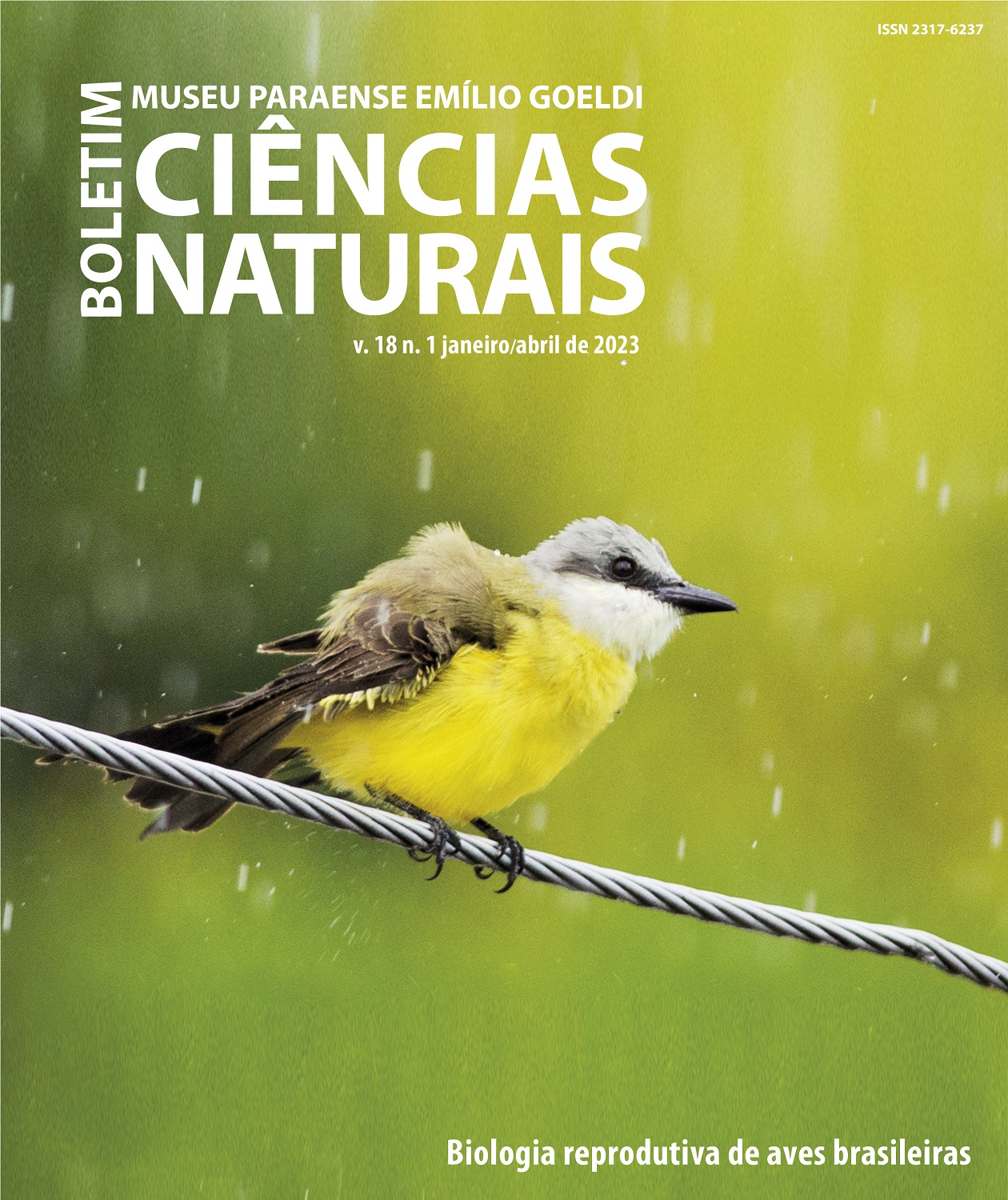Richness of bryoflora as indicator of the native vegetation coverage of parks in the city of São Paulo
DOI:
https://doi.org/10.46357/bcnaturais.v18i1.433Keywords:
Anthropic areas, Dense ombrophillous forest, Liverworts, Mosses, Urban parksAbstract
The world is becoming increasingly urban and cities face challenges related to environmental degradation and lack of natural resources. This article aims to investigate the bryoflora in the Santo Dias, Burle Marx and Alfredo Volpi parks in the city of São Paulo, which have dense ombrophillous forest. The material was collected in 2016 and 2017, and has been deposited in the herbariums of the Institute of Environmental Research of the municipality of São Paulo. The bryoflora (103 species) is heterogeneous in those parks, where mosses outnumber the liverworts. Greater species richness occurs in parks with better preserved original forest, which also possesses several different types of anthropic environment, and which was isolated for a relatively short period of time by the expansion of urbanization. Poorer bryoflora occurs in parks with forest preserved less well, having only few different anthropic environments, in addition to being isolated for a longer period of time by the surrounding urbanization. These findings show the importance of the investigated parks and of their dense ombrophilous forest fragments for the conservation of the biodiversity of bryoflora, which is characteristic of the vegetation in the São Paulo Metropolitan Area, and which includes species endemic in Brazil and endangered in the state of São Paulo.
Downloads
Published
Issue
Section
License
Publication means fully assigning and transferring all copyrights of the manuscript to the journal. The Liability Statement and
Assignment of Copyrights will be enclosed with the notice of acceptance. All the authors must sign the document and return it to the journal.








